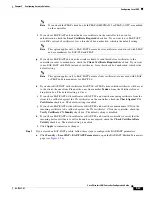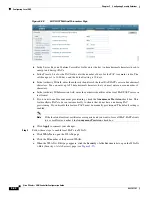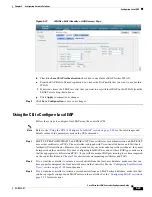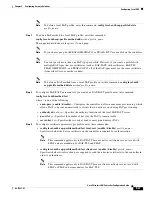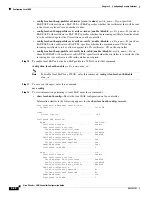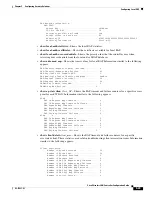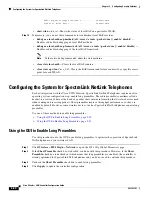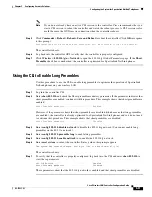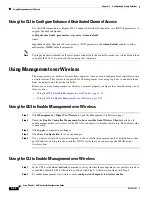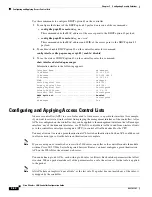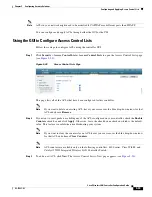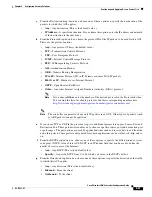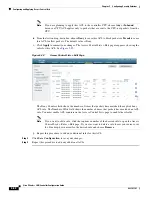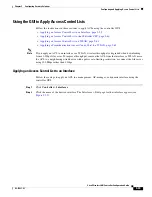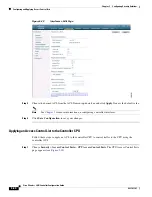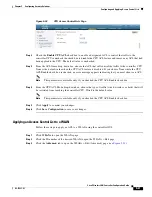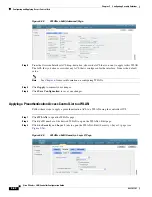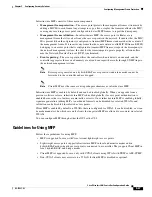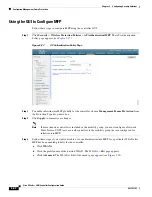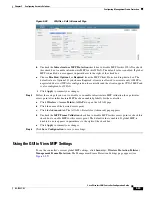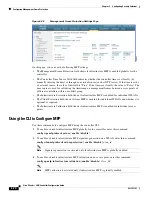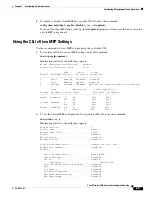
5-57
Cisco Wireless LAN Controller Configuration Guide
OL-17037-01
Chapter 5 Configuring Security Solutions
Configuring and Applying Access Control Lists
c.
From the Destination drop-down box, choose one of these options to specify the destination of the
packets to which this ACL applies:
•
Any
—Any destination (This is the default value.)
•
IP Address
—A specific destination. If you choose this option, enter the IP address and netmask
of the destination in the edit boxes.
d.
From the Protocol drop-down box, choose the protocol ID of the IP packets to be used for this ACL.
These are the protocol options:
•
Any
—Any protocol (This is the default value.)
•
TCP
—Transmission Control Protocol
•
UDP
—User Datagram Protocol
•
ICMP
—Internet Control Message Protocol
•
ESP
—IP Encapsulating Security Payload
•
AH
—Authentication Header
•
GRE
—Generic Routing Encapsulation
•
IP in IP
—Internet Protocol (IP) in IP. Permits or denies IP-in-IP packets.
•
Eth Over IP
—Ethernet-over-Internet Protocol
•
OSPF
—Open Shortest Path First
•
Other
—Any other Internet Assigned Numbers Authority (IANA) protocol
Note
If you choose
Other
, enter the number of the desired protocol in the Protocol edit box.
You can find the list of available protocols and their corresponding numbers here:
http://www.iana.org/assignments/protocol-numbers/protocol-numbers.xml
Note
The controller can permit or deny only IP packets in an ACL. Other types of packets (such
as ARP packets) cannot be specified.
e.
If you chose TCP or UDP in the previous step, two additional parameters appear: Source Port and
Destination Port. These parameters enable you to choose a specific source port and destination port
or port ranges. The port options are used by applications that send and receive data to and from the
networking stack. Some ports are designated for certain applications such as telnet, ssh, http, and so
on.
f.
From the DSCP drop-down box, choose one of these options to specify the differentiated services
code point (DSCP) value of this ACL. DSCP is an IP header field that can be used to define the
quality of service across the Internet.
•
Any
—Any DSCP (This is the default value.)
•
Specific
—A specific DSCP from 0 to 63, which you enter in the DSCP edit box
g.
From the Direction drop-down box, choose one of these options to specify the direction of the traffic
to which this ACL applies:
•
Any
—Any direction (This is the default value.)
•
Inbound
—From the client
•
Outbound
—To the client

